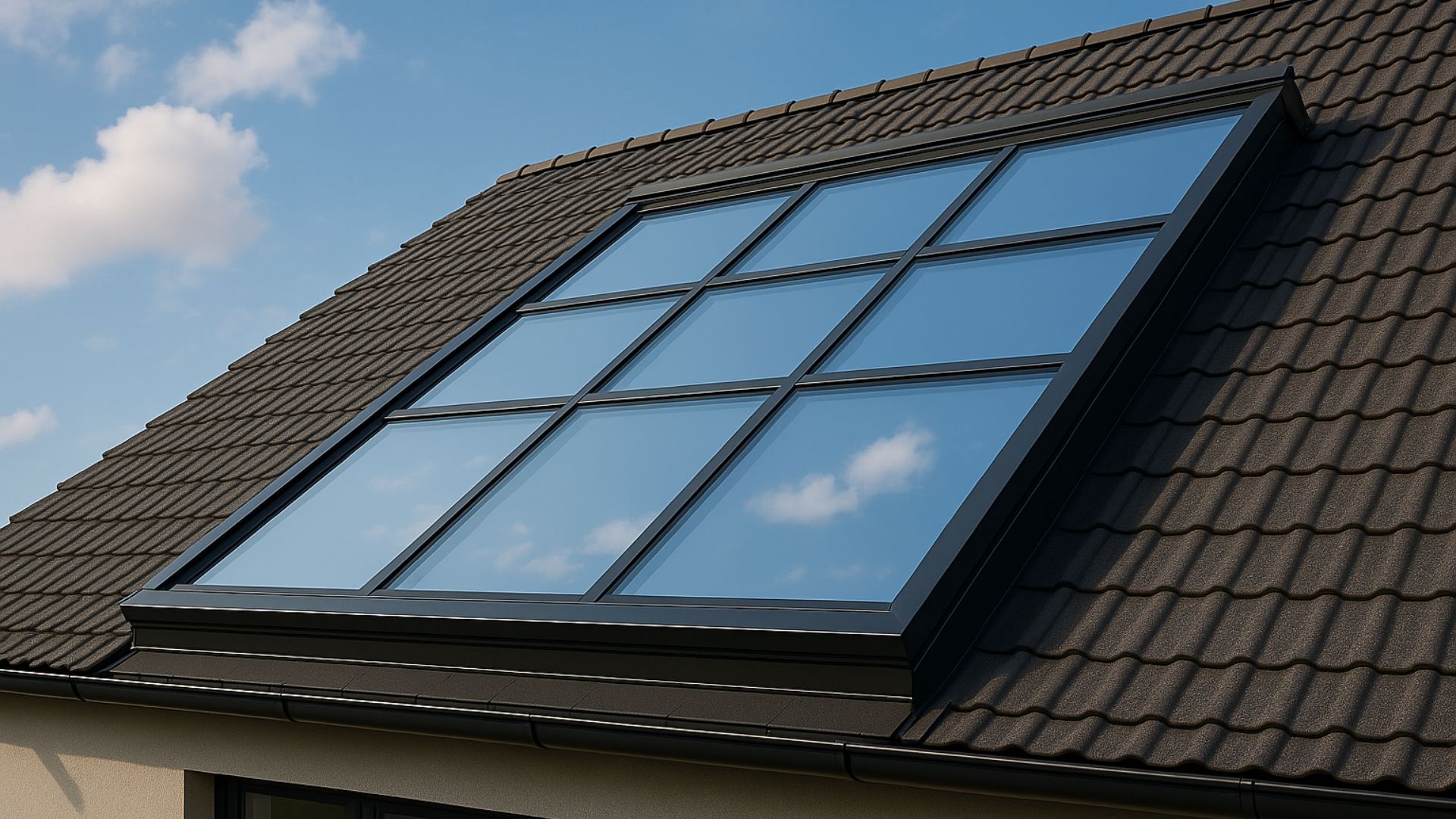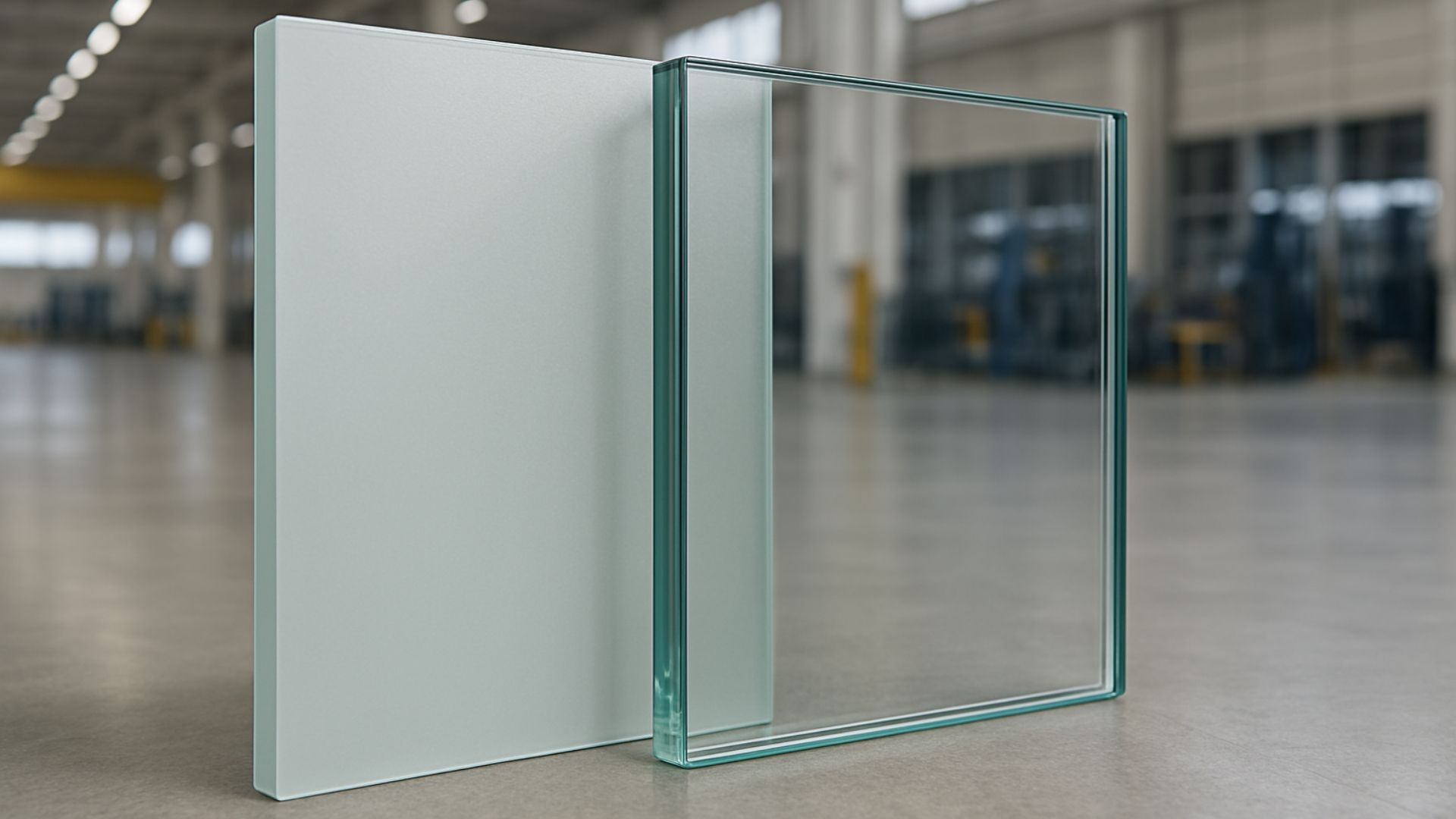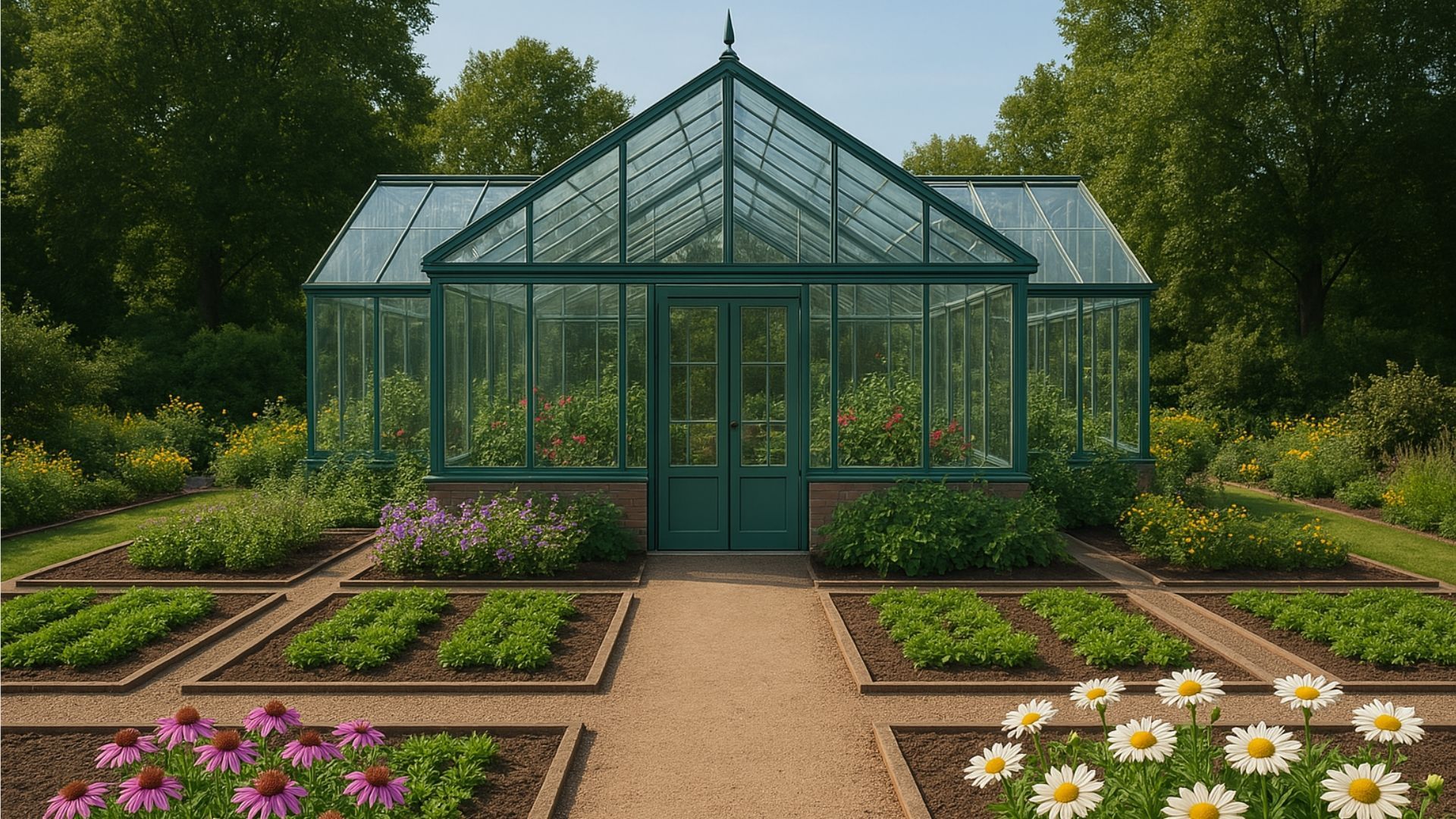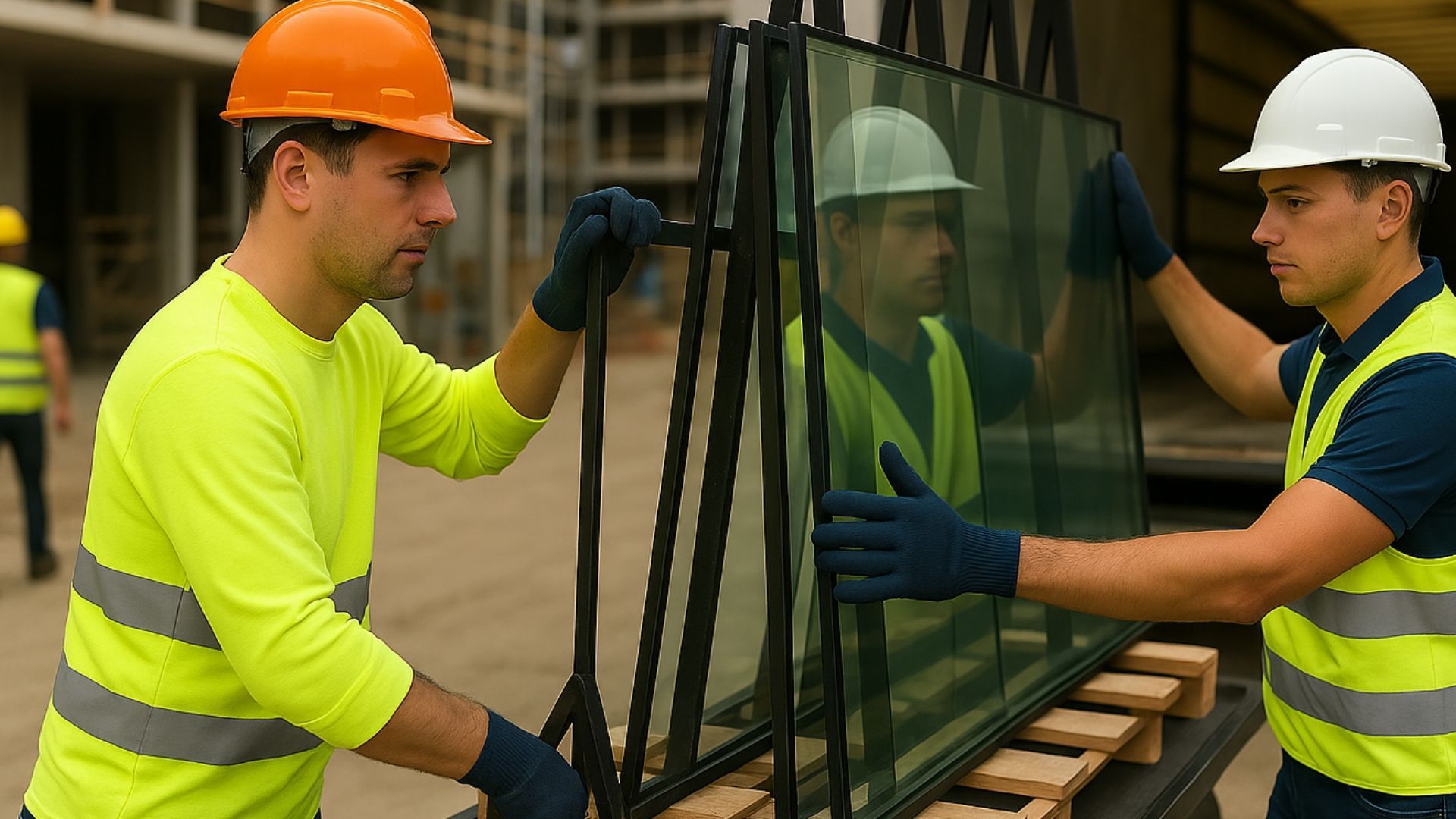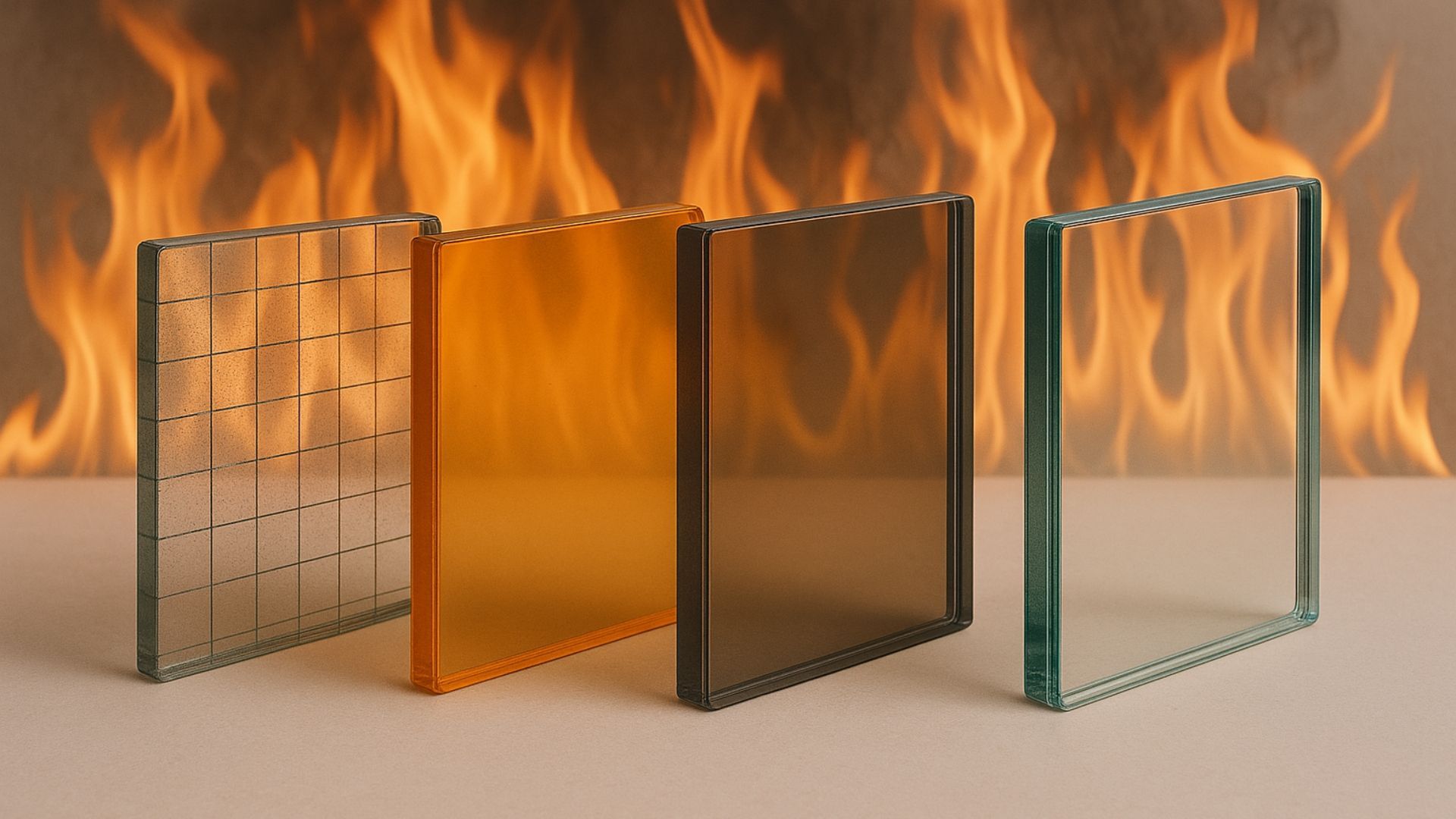What types of glass can help safeguard against UV?
Share this blog:
Wondering which types of glass are best for blocking out UV rays? Listen up – we're here to help.

Humans come into contact with the sun in three different ways. We see sunlight, we feel heat and we're touched by UV radiation.
You can't see or feel UV radiation. However, it still has the power to cause skin damage and skin cancer.
That's why doctors advise you to protect your skin when the sun's out, whether by slapping on sunblock, popping on a sunhat or seeking safety in the shade. (Or, preferably, all three.)
Glass is a material that lets in light and heat. Just how much depends on the thickness and shading of the glass. But how about UV rays? Does ordinary glass cut it when it comes to UV protection? And are there times when you need extra?
Before we take a look at the levels of UV protection provided by different types of glass, let's get a better definition of UV rays – what they are and why they matter.
What are UV rays?
UV or ultraviolet rays are a type of electromagnetic energy that comes from the sun, lamps and lasers.
"Ultraviolet" refers to the colour of the rays. Light is a spectrum. Humans can see from red to violet. When you go past violet, you get to ultraviolet.
Many animals can see UV light – insects, birds, fish and even some mammals. But humans can't see it. It's not unlike dogs, bats and other animals hearing frequencies that humans can't.
UV rays are split into three types.
- Long-form UVA rays: these can cause skin ageing, inflammation and wrinkling.
- Short-wave UVB rays: as well as causing sunburn, these can increase the risk of skin cancer.
- UVC rays: these are blocked by the ozone layer and don't reach Earth. The only way a human can be exposed to UVC radiation is from a lamp or laser.
Can you get sunburned behind a window?
Sitting by the window on a sunny day – lovely. But can you get sunburned?
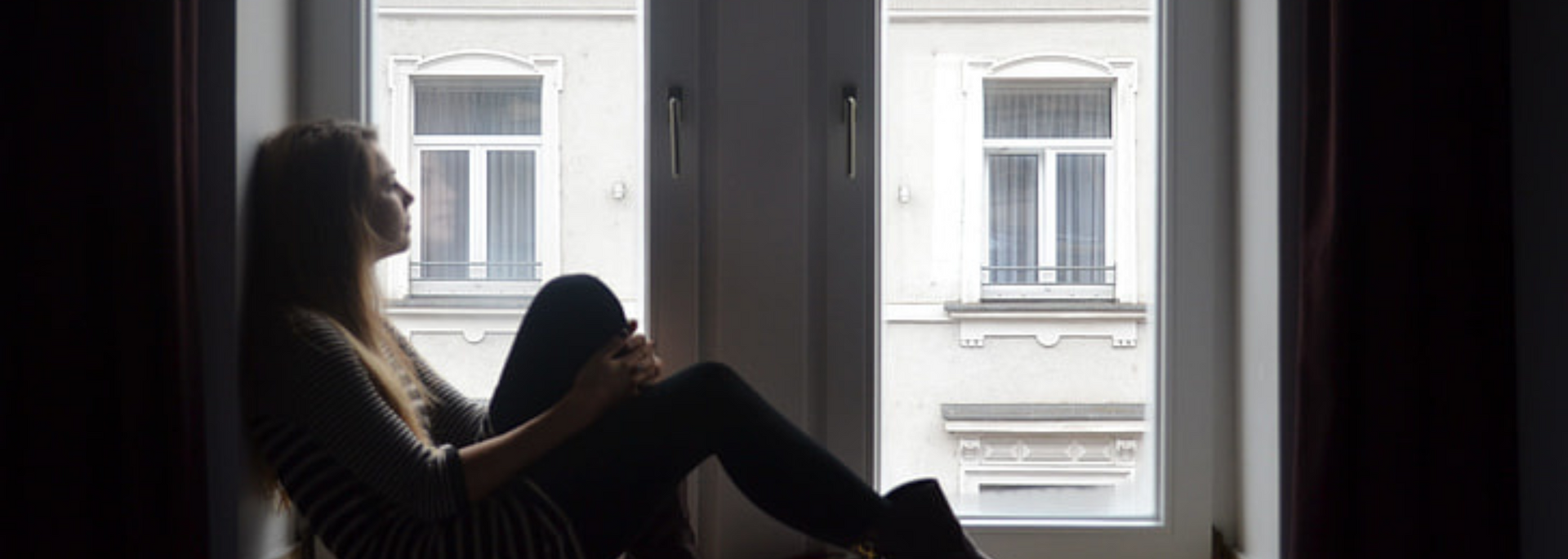
The answer is "yes, but". Ordinary glass blocks out around 97% of UVB rays and 37% of UVA rays. This means an average window gives you a sun protection factor of around 30 (SPF30).
If you sunbathe in front of a window for hours at a time, you could get skin damage. But the real reason to get a more UV-resistant type of glass is to protect your furnishings rather than your skin.
Prolonged exposure to UV rays can fade your furnishings. If this is a concern, you can get window films or laminated glass that eliminate 99.9% of UV rays.
Car windows tend to be made out of toughened glass, which blocks out most but not all UV rays. This is one reason why truckers can develop skin damage over time.
Windscreens, however, are made from laminated glass. This blocks all the UVB rays and around 80% of the UVA, drastically reducing the chance of sunburn.
Fun fact: while UV rays can travel through windows, you can't get your much-needed Vitamin D behind glass. You need to be outside to synthesise this essential vitamin.
What levels of UV protection do different types of glass offer?
As we say, ordinary glass blocks out the vast majority of UV rays. A good-quality sheet of toughened glass will do the job, filtering out harmful rays while offering robustness and a safe breakage pattern.
If you are worried about UV exposure and think a standard sheet of toughened glass won't cut it, you could investigate tinted glass, frosted glass or laminated glass.
The translucency of a sheet of tinted glass reduces the amount of UV rays that can pass through. How much depends on the lightness or darkness of the tinting effect.
Frosted glass has a similar effect and can protect you against the most harmful UV rays. As with tinted glass, the level of protection will depend on the level of frosting.
Both tinted and frosted glass can be toughened for extra safety and robustness.
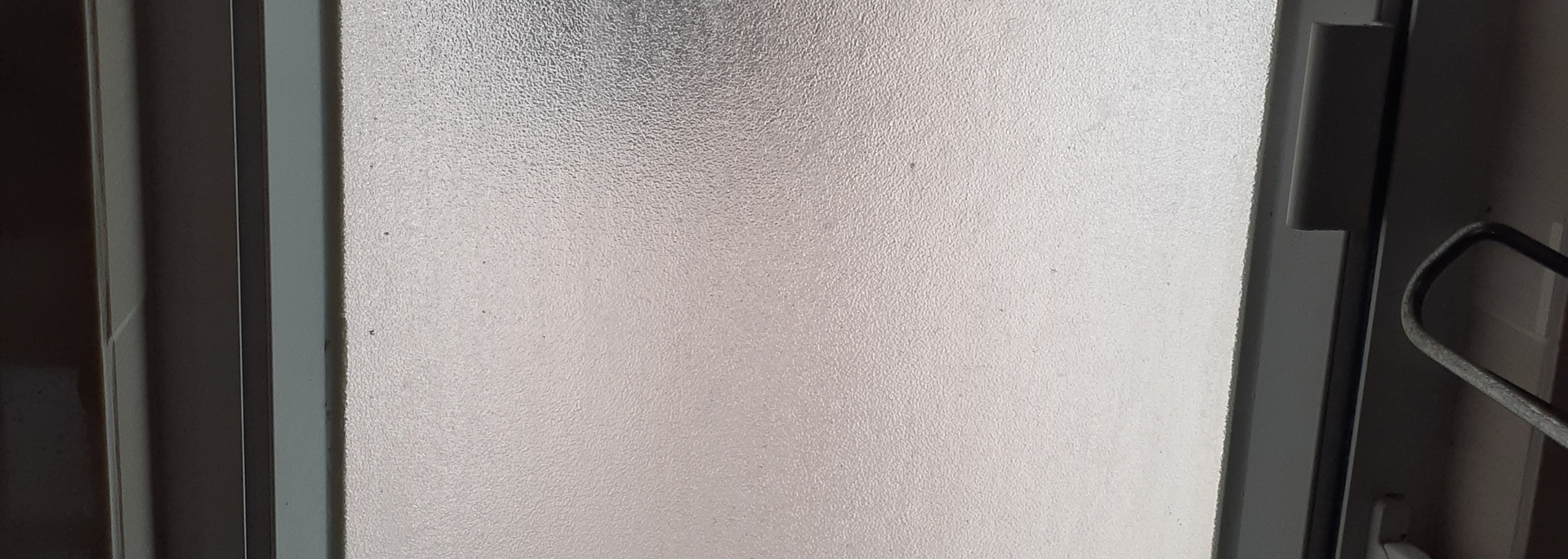
Finally, there's laminated glass. This is created by sandwiching a plastic interlayer between two sheets of glass. This interlayer helps block around 99% of UV rays.
Laminated glass isn't only good for UV protection. It also offers a high level of resistance to manual attack. Many panes of glass will shatter if you hit them hard enough – but not laminated glass. Instead, the outer pane of glass will crack – creating a recognisable "spider's web" effect – but it will retain structural integrity.
Does your artwork need extra protection?
Glass with extra UV resistance can protect artworks from fading, colour loss and yellowing. Whether it's worth the investment will depend on the artwork in question.
Newspaper cuttings, magazine clippings and flyers are all susceptible to UV damage. Without a glass frame, it won't be long before the paper starts yellowing and the inks start cracking.
This is less likely with fine art
giclée prints (high-quality prints produced with an inkjet printer). They still discolour but at a much slower rate than newspaper cuttings and the like.
If you have an oil or acrylic painting, it should have been sealed and varnished, meaning you don't need a glass frame. Watercolours, however, won't be sealed – so if you have a watercolour in an exposed spot, you might want to consider using a type of glass that offers extra sun protection.
What we offer
At ToughGlaze, we put customer safety first. All of our glass products offer standard sun protection – and our frosted, tinted and laminated glass go that little bit further.
We cut, fire and treat all our products on-site with state-of-the-art equipment – and we deliver them too.
So if you're looking for glass that will safeguard against UV, get in touch. We'd love to fix you up with the right materials for the job.
Are you looking for
laminated tempered glass? Don't hesitate to
get in touch with ToughGlaze for a quick, competitive quote.


